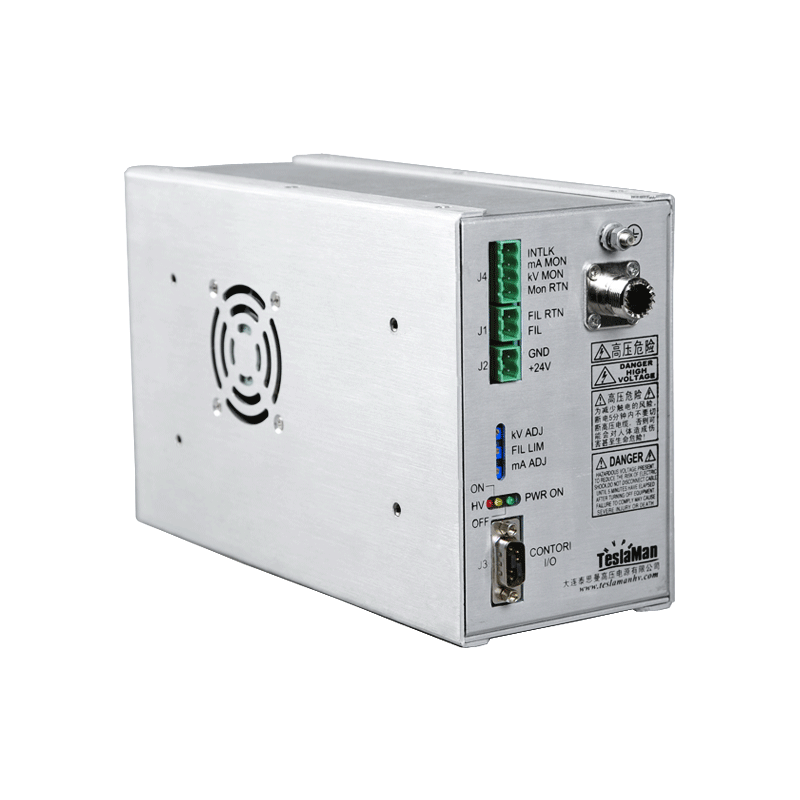Optimization of Electromagnetic Shielding Design in Compact High-Voltage Power Supplies to Reduce External Interference
Compact high-voltage power supplies are widely used in scientific instruments, medical devices, and communication systems, where electromagnetic compatibility (EMC) is critical. Due to high dv/dt and di/dt switching transitions, these supplies can emit significant electromagnetic interference (EMI) if not properly shielded.
The first step in EMI reduction is source suppression. Employing soft-switching techniques, snubber circuits, and minimized loop areas in PCB layout reduces high-frequency transients. Differential and common-mode noise paths must be identified and mitigated through careful component placement and grounding.
For shielding design, metallic enclosures connected to chassis ground form effective Faraday cages against electric field radiation. Magnetic shielding requires high-permeability materials such as mu-metal or laminated silicon steel placed strategically around transformers and inductors.
Filter networks further attenuate conducted noise. Multi-stage input and output filters with common-mode chokes and capacitive elements suppress emissions below regulatory thresholds. Proper grounding—preferably single-point or star grounding—prevents ground loop interference.
In compact systems, integrating shielding and thermal management is crucial. Conductive coatings, shielding gaskets, or PCB-level ground planes can provide both EMI protection and heat dissipation paths.
A well-optimized electromagnetic design ensures that compact high-voltage power supplies meet stringent EMC standards, guaranteeing reliable operation without affecting nearby sensitive electronics.




















